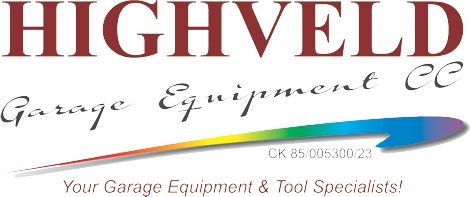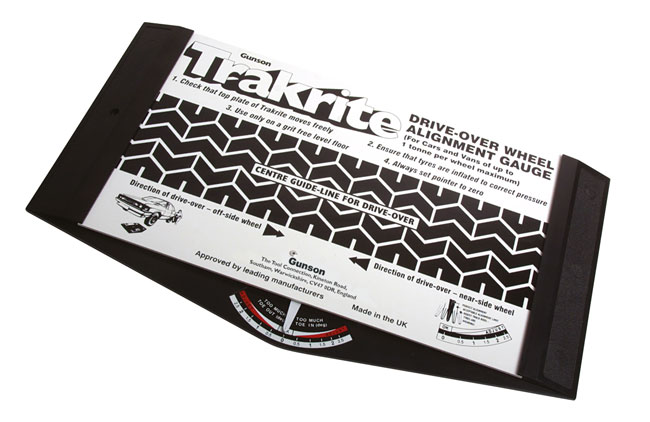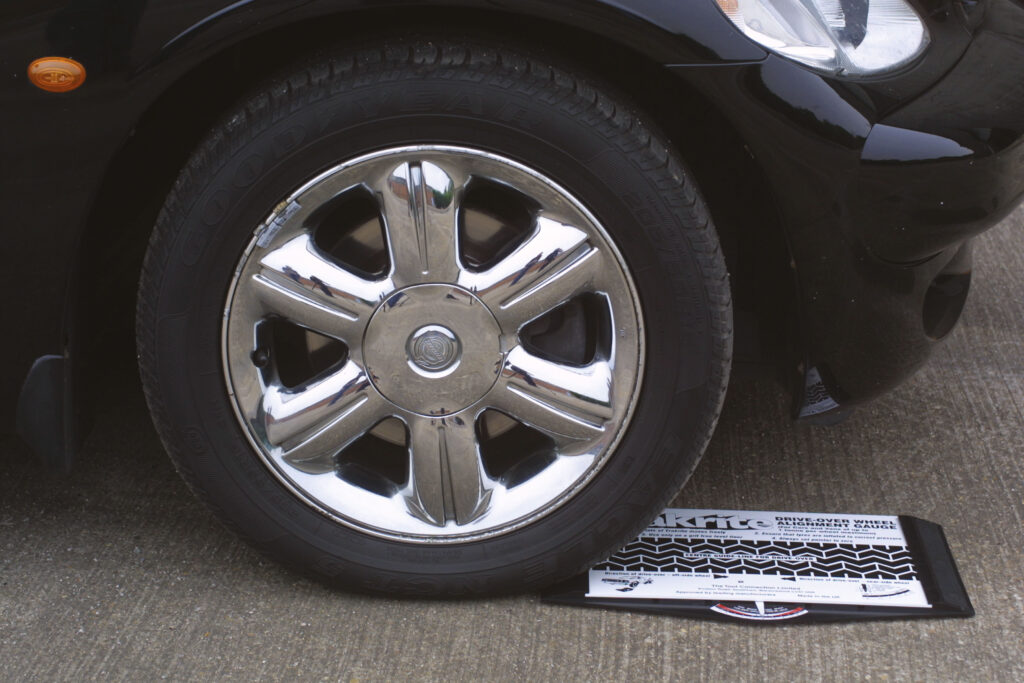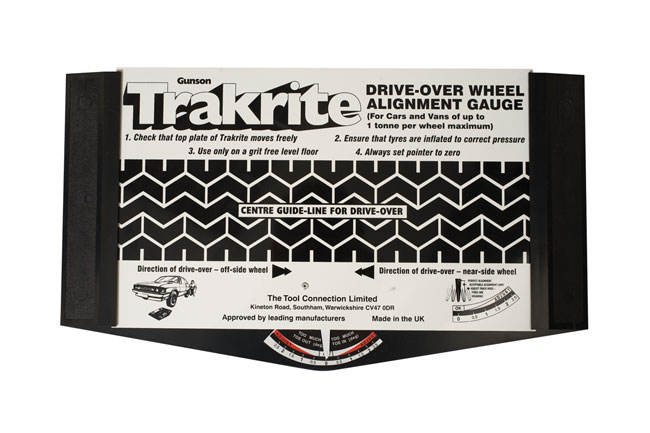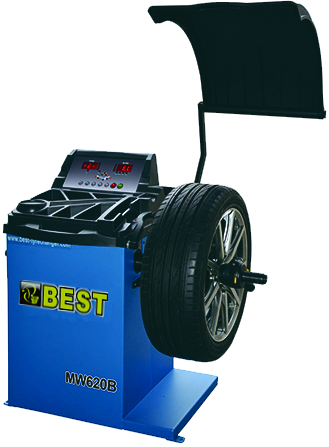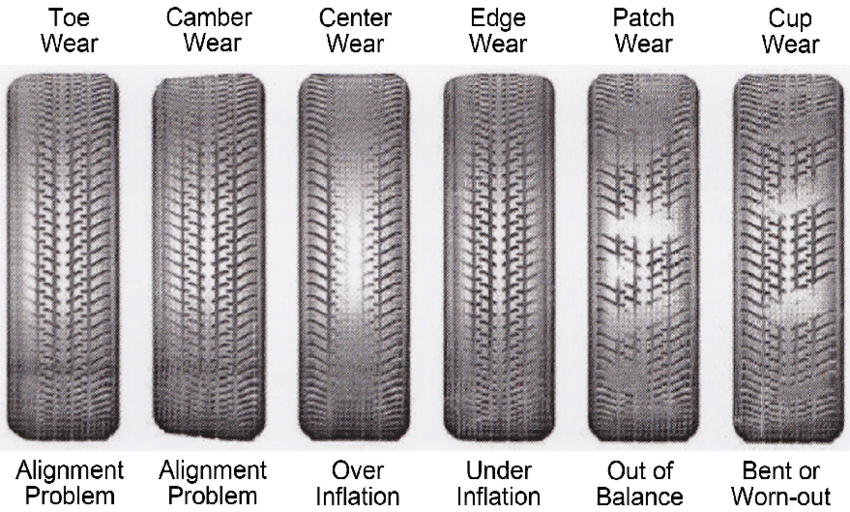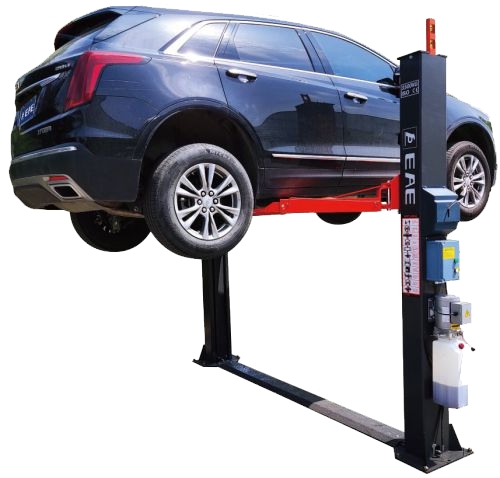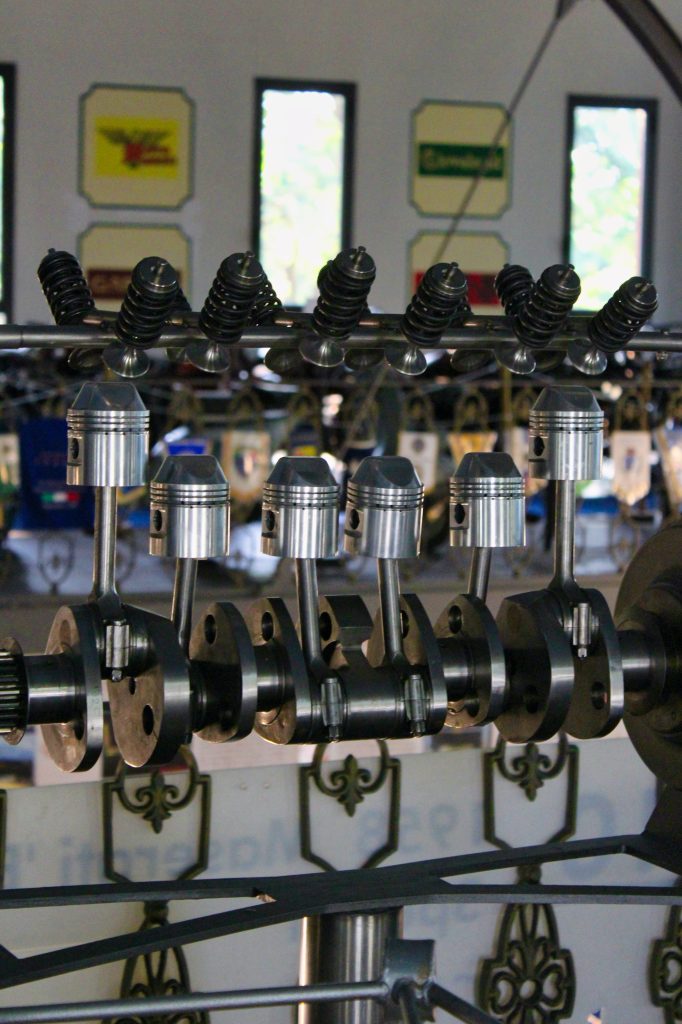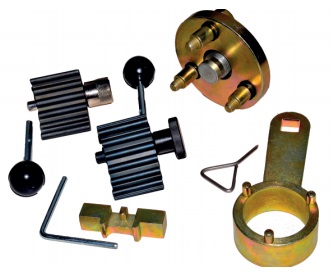Understanding the Basics of Cam Timing in Vehicle Engines
Introduction
Welcome, fellow gearheads, to the exhilarating journey into the heart of every roaring engine—the mystical world of Cam Timing! If you’ve ever wondered why your car purrs like a content kitten or roars like a ferocious lion, you’re in for a treat. Let’s strip away the complexities and dive into the basics of Cam Timing with the excitement of a kid in a candy store.
The Dance of Pistons and Valves:
Picture this: Your car’s engine is like a finely choreographed dance where the pistons and valves waltz in perfect harmony. Cam Timing, our star conductor, dictates when each performer takes center stage. The camshaft, often called the “brain” of the engine, orchestrates this automotive ballet with precision.
In simpler terms, cam timing determines when the engine’s intake and exhaust valves open and close. Get it right, and your engine performs a symphony. Get it wrong, and it’s a cacophony you’d rather not hear.
Types of Cam Timing Systems
Now, let’s explore the different dance routines engines follow. There are two main types of Cam Timing systems: the timing belt and the timing chain.
Timing Belt Tango
Imagine a belt, not dissimilar to the one keeping your pants up, but it’s keeping your engine components perfectly timed. This rubber belt connects the crankshaft to the camshaft, ensuring their movements stay synchronized. A snapped timing belt is like a sudden wardrobe malfunction—it brings the whole performance to a screeching halt.
Chain Samba
Enter the timing chain, a more robust character in our automotive dance. Like a rugged necklace, it connects the crankshaft and camshaft with metal links. While it’s heartier than a timing belt, it’s not indestructible. A broken timing chain is the engine’s equivalent of losing a crucial dance partner.
DIY Tips for Cam Timing Checks
Now that you’re waltzing with the basics, how do you know when your engine’s dance steps are getting a bit clumsy? Fear not, you savvy DIY enthusiast; there are signs to look out for.
Symphony Out of Tune
Listen to your engine’s song. If it starts sounding like a rusty gate rather than a smooth jazz ensemble, your cam timing might be off. Time to grab your tuning fork—or, in this case, your timing tools.
Check Engine Light Waltz
Ah, the notorious check engine light—a frequent guest on our automotive dashboard. It could be a subtle suggestion that your engine’s dance moves need a tune-up. Don’t ignore it; your car might be trying to salsa when it should be foxtrotting.
Fuel Efficiency Foxtrot
Is your car suddenly doing the cha-cha with your fuel budget? Poor fuel efficiency could be a result of mistimed cam steps. Keep an eye on those MPG numbers; your wallet will thank you.
Exploring Different Types of Cam Timing Systems
Unlocking the Secrets: Timing Chains and Timing Belts in Engine Design
In the intricate dance of engine design, one of the fundamental choices engineers make is whether to outfit their creation with a timing chain or a timing belt. Unlike a chameleon changing colors, an engine’s fundamental nature can’t be altered once it rolls off the assembly line. Let’s delve into this unalterable decision and understand why you can’t change the cam timing type of an engine.
**1. ** The Engine’s Symphony: Timing Chain vs. Timing Belt Every engine has its preferred rhythm, and this rhythm is set by its choice of timing mechanism. It’s like the beat in a piece of music—a fundamental part of its identity. The timing chain, a robust and sturdy performer, creates a different symphony compared to the smooth and refined notes of a timing belt. The engine is tuned to these specific beats from the start.
**2. ** Built for a Purpose: Design Dictates Mechanism The decision between a timing chain and a timing belt is ingrained in the engine’s DNA during the design phase. It’s not a mere cosmetic choice; it’s a decision based on the engine’s intended purpose, performance demands, and the desired maintenance schedule. Like a tailor choosing the right fabric for a suit, engineers select the timing mechanism that aligns with the engine’s character.
**3. ** Why the Unchangeable Nature? Once an engine is built and assembled, changing its internal components, especially something as integral as the timing system, is akin to rewriting the script of a movie that’s already been filmed. The components are precisely calibrated to work in harmony, and altering this delicate balance could lead to catastrophic consequences.
**4. ** The Domains of Specialists: Engine Modification For those who crave a different beat for their engine, the route lies not in changing the timing system but in engine modification. Specialists and enthusiasts sometimes opt for engine modifications, where they might swap out the entire engine or make targeted changes to enhance performance. However, this is an intricate process best left to those well-versed in the mechanical symphony of engines.
DIY Tips for Cam Timing Checks and Adjustments
Unlocking Precision: The Dance of Cam Timing Locks in Belt Replacements
1. Prelude: The Routine of Regular Belt Changes In the choreography of engine maintenance, the cam timing locks take center stage during regular intervals of cam belt replacement. This routine ensures that the engine’s heart, the timing system, continues to beat in perfect harmony. Imagine it as a well-rehearsed dance, where each move is calculated, and precision is paramount.
2. Cam Timing Locks: The Backbone of Belt Replacement Enter the cam timing locks—the unsung heroes of the timing system overhaul. These tools are the backstage crew, holding the components in a frozen tableau while the star of the show, the cam belt, is replaced. Their role is crucial, ensuring that every tooth of the belt aligns perfectly with the rhythm of the engine’s rotation.
3. The Synchronized Change: Installing the New Cam Belt As the new cam belt takes its place, the cam timing locks maintain their grip, holding the camshaft in a static position. This static ballet is the key to a synchronized change, where the belt slides into position, teeth interlocking with the precision of a well-practiced routine. It’s a moment where the past meets the future, and the locks ensure a seamless transition.
4. The Grand Finale: Removing the Locks for the Debut With the new belt securely in place, it’s time for the grand finale—the removal of the cam timing locks. This is the moment when the engine, once frozen in time, is set free to dance to the tunes of combustion. As the locks step aside, the engine roars to life, marking the debut of a perfectly timed performance.
In the symphony of engine maintenance, the use of cam timing locks is a ritual of precision and accuracy. They are the guardians of synchronization, ensuring that each rotation is a step in the right direction. So, as you perform this routine, remember that the cam timing locks are the silent choreographers of a dance that keeps your engine in perfect rhythm.
Recommended Timing Tools for Every Automotive Workshop
*1. ECU Era Essentials: Tools for the Modern Maestro In this digital age where engines dance to the tune of Electronic Control Units (ECUs), your toolkit must reflect the technological revolution. Say farewell to the conventional timing light and welcome the ECU-era essentials—tools that sync seamlessly with the digital maestro.
Imagine having tools that complement the precision of your ECU, ensuring that every step in cam timing is a digital symphony. From crank locks to camshaft alignment kits, these essentials become your trusted companions in the era of automotive digital choreography.
*2. Crank and Cam Harmony: Alignment Kits for Seamless Sync In the grand performance of cam timing, the harmony between the crank and cam is crucial. Picture this: a crankshaft pulley holder and camshaft alignment tools, working in tandem to create a synchronized ballet of engine components.
With these tools in your arsenal, achieving the perfect alignment is not a chore but a graceful dance. Your engine becomes a stage where the crank and cam perform a seamless duet, orchestrated by tools designed for precision in every rotation.
*3. Digital Wizards: Advanced Diagnostic Scanners Step into the realm of digital wizards—advanced diagnostic scanners that decode the intricate language of your ECU. These scanners are not just tools; they are the magic wands that unveil the secrets of your engine’s timing intricacies.
Imagine holding a scanner that transforms the complexities of your engine’s digital choreography into user-friendly insights. With real-time data at your fingertips, you become the wizard of timing, navigating the digital landscape with ease and confidence.
*4. Future-Forward Investments: Tech-Savvy Timing Kits As you embark on your journey into the future of automotive precision, consider future-forward investments in tech-savvy timing kits. These kits go beyond conventional tools, incorporating digital elements that align seamlessly with the evolving language of ECUs.
Visualize a toolkit that not only sets the timing but also speaks the language of your ECU, ensuring compatibility with the ever-advancing technology. In this era of innovation, your timing tools become more than instruments—they become a testament to your workshop’s commitment to staying ahead in the digital race.
In the grand narrative of automotive timing, your toolkit is not just a collection of tools; it’s a story of adaptation and evolution. Embrace the ECU era with essentials that resonate with the digital heartbeat of modern engines. From alignment kits to diagnostic wizards, these tools are not just recommended—they are the protagonists in your workshop’s journey toward precision and excellence.

